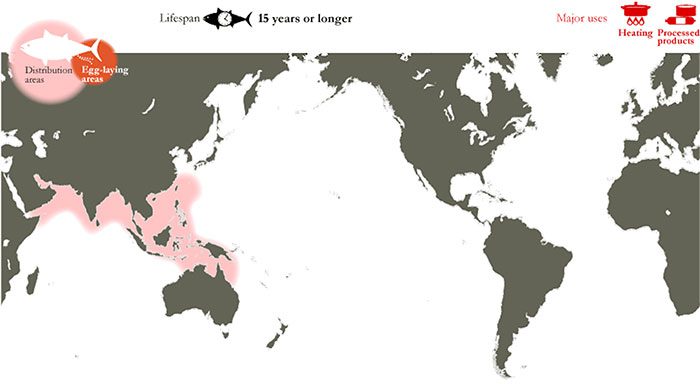Bluefin tuna is a rich source of nutrients for the body, beneficial for eyesight and cardiovascular health. Additionally, it helps reduce the risk of cancer and is particularly suitable for individuals with diabetes.
Top 6 Special Types of Tuna Popular in Japan
The common characteristic of all tuna species is that if they stop swimming, they will die. The body of the tuna, especially the head, has a unique structure. This structure prevents them from breathing actively by pumping water over their gills like other fish. Swimming not only helps them move and hunt but also creates a current of water passing through their gills for respiration. This necessity to keep swimming contributes to their firm and delicious meat.
Although there are many types of bluefin tuna, the Japanese primarily consume six species. Among these six, the most premium are Pacific Bluefin Tuna (kuromaguro) and Southern Bluefin Tuna (minamimaguro). These two types yield high-quality meat that is best suited for raw consumption. Bigeye Tuna (mebachi) also has a delightful flavor, being rich in fat and typically caught in the autumn and winter seasons.
In recent years, the delicious taste of Albacore Tuna (binnaga) has led to its increasing presence in sushi restaurants. Finally, we can mention Yellowfin Tuna (kihada) and Longtail Tuna (koshinaga). Although these two species are not as renowned as the aforementioned ones, they are still particularly popular in certain regions. Despite all seven types being classified as tuna, they exhibit some differences in appearance, fishing regions, flavors, and culinary uses.
Kuromaguro – Pacific Bluefin Tuna
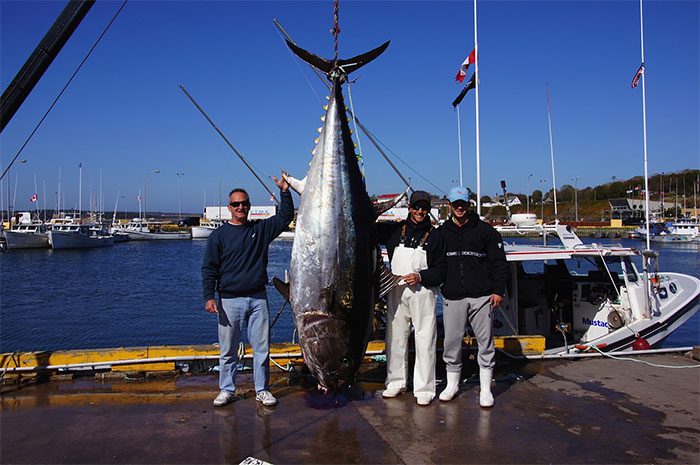
Pacific Bluefin Tuna is a renowned species regarded as one of the most expensive and beloved foods not only in Japan but worldwide. This species is further divided into two types: Pacific Bluefin Tuna and Atlantic Bluefin Tuna. Both are considered the highest class of tuna and also the largest in size, with fishermen having caught individuals measuring up to 4 meters long and weighing as much as 600 kg. This species is highly mobile, swimming at speeds of 80-90 km/h.
The history of Pacific Bluefin Tuna consumption dates back to ancient times. In the Mediterranean region, people began eating this tuna as early as the 7th century BC. In Japan, it has been served to people since the Jomon period. Today, Japan is the world’s number one importer of Pacific Bluefin Tuna. Why does Japan need to import tuna? In the 1970s, overfishing became a pressing issue, prompting authorities to limit catches and develop artificial breeding and harvesting methods for tuna.
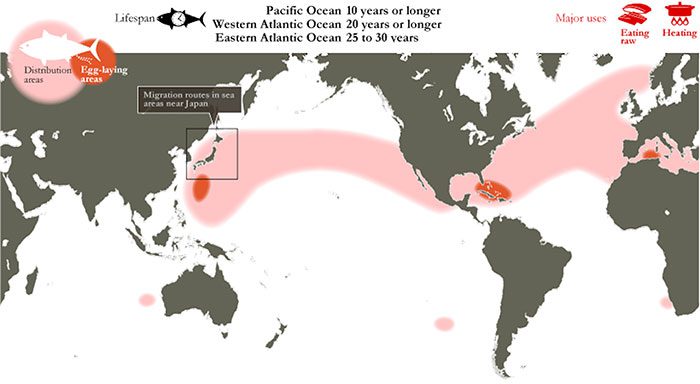 On this species, there is a part known as otoro, which is its belly fat. This is a premium ingredient for making sushi, and naturally, the meat of this species is also very delicious. The lifespan of Pacific Bluefin Tuna ranges from 10 to 30 years, depending on the sea region where it lives.
On this species, there is a part known as otoro, which is its belly fat. This is a premium ingredient for making sushi, and naturally, the meat of this species is also very delicious. The lifespan of Pacific Bluefin Tuna ranges from 10 to 30 years, depending on the sea region where it lives.
Minamimaguro – Southern Bluefin Tuna
Southern Bluefin Tuna is another remarkable type of tuna similar to Pacific Bluefin Tuna. This species typically migrates in the mid-latitudes of the Southern Hemisphere, accumulating significant fat in its body, primarily during the spring and summer months in Japan. It is the second-largest tuna species, capable of reaching sizes of up to 2 meters and weighing 150 kg. In the 1980s, Southern Bluefin Tuna was commonly used for canned tuna production.
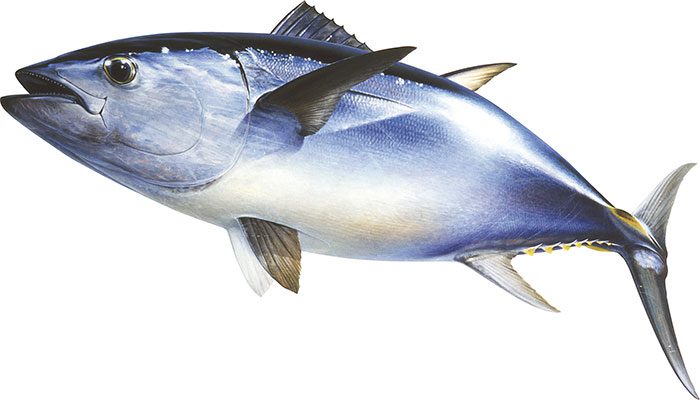
Due to overfishing, it has been listed as an endangered species in the Red Book. Currently, Japan and many other countries have established agencies to conserve Southern Bluefin Tuna and limit its catch. These efforts have gradually helped the population recover. Almost all Southern Bluefin Tuna caught worldwide is consumed in Japan as raw material for sashimi or sushi.
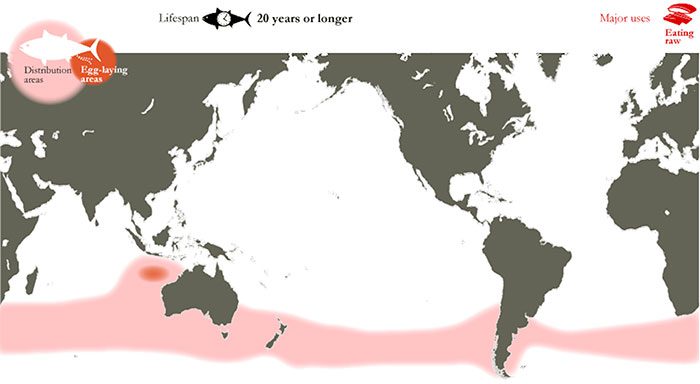
The meat of this species has a pleasant, slightly tangy flavor. Its belly meat is very fatty and also features a part called otoro (belly fat) that is exceptionally tasty. This species can live over 20 years. Due to its rarity, deliciousness, and fat content, its meat is primarily used for raw dishes.
Mebachi – Bigeye Tuna
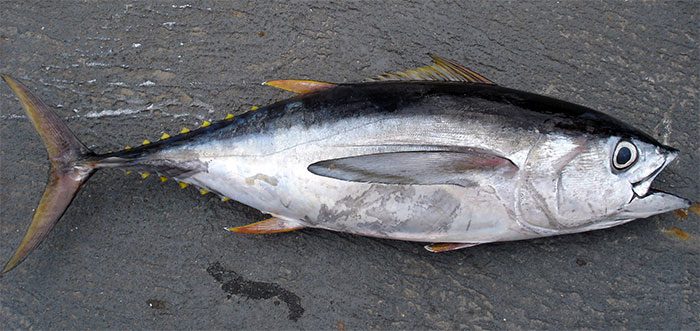
Bigeye Tuna is commonly found in tropical and temperate waters. As its name suggests, this species is notable for its head with significantly larger eyes than normal. Its body appears quite stout, with some individuals weighing up to 200 kg. However, the average size of Bigeye Tuna is around 1 meter and weighs approximately 100 kg. This is the second most caught tuna species in the world and is also commonly used for sashimi.
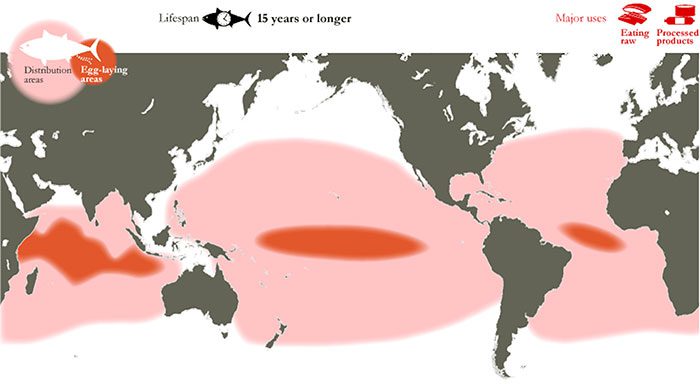
Despite its large numbers, concerns are growing regarding the fish population due to increasingly advanced fishing technologies. Raw Bigeye Tuna is also considered a premium dish. This species tastes best in the autumn and winter months. It has a considerable amount of red meat but lacks the fatty meat found in the two species above, although it is still deemed moderately fatty and delicious. Looking at the distribution chart, it is easy to understand why this species is so popular.
Kihada – Yellowfin Tuna

Yellowfin Tuna is the most common and the most caught species among all tuna types. They are caught in tropical waters globally. Kihada is not a high-end tuna species, so it is commonly captured using gillnets without concerns about affecting fish populations or meat quality.
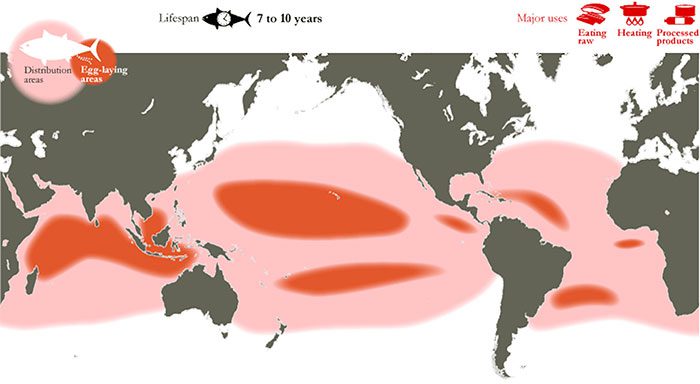
After being caught, Kihada is usually flash-frozen for raw dish use. Its meat is dark red and has less fat compared to other types. People in the western Nagoya region particularly favor this type of tuna.
Binnaga – Albacore Tuna
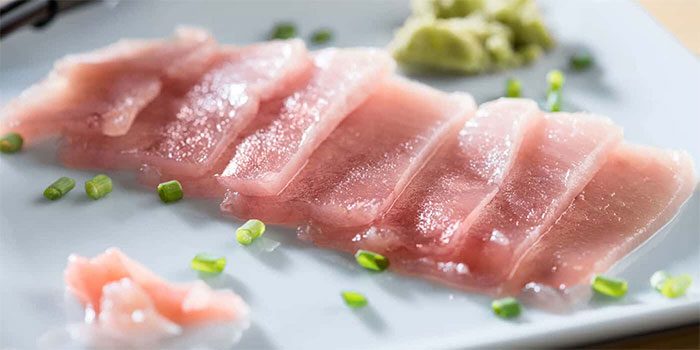
This is a smaller species of tuna, reaching a maximum length of about 1 meter. Its pectoral fins are very long. Like Kihada, they are found in tropical and temperate waters. Their flesh is light pink and is considered superior compared to Kihada. Their meat is often referred to as “sea chicken” or “white meat.”
The meat of this species is very tender, even when cooked at high temperatures. Therefore, it is often used in cooked dishes. Its belly meat has a sweet flavor but lacks the tanginess of acidity. This species has a lifespan of over 16 years for individuals living in the North Pacific and over 12 years for those in the South.
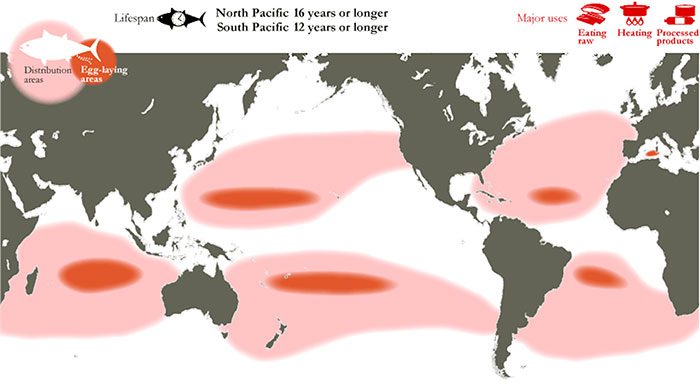
Koshinaga – Longtail Tuna
Compared to other tuna species, this species has a slimmer and leaner body. The size ratio of its tail is quite large compared to its body, which is why it is named Longtail Tuna. This species inhabits the western Pacific Ocean, primarily in the waters between Australia and Japan, occasionally extending into the Indian Ocean.
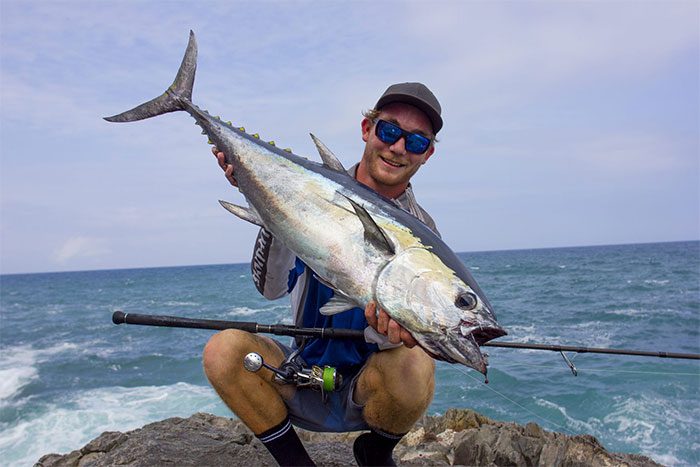
This species is not widely consumed, perhaps due to its inferior quality compared to the aforementioned species. However, in regions like Kyushu or Sanin, where tuna fishing is not feasible, Koshinaga is a favored dish. It can be eaten raw or cooked. In Australia, it is consumed fried or as a steak. In Indonesia, it is used as an ingredient for curry or grilled dishes.
